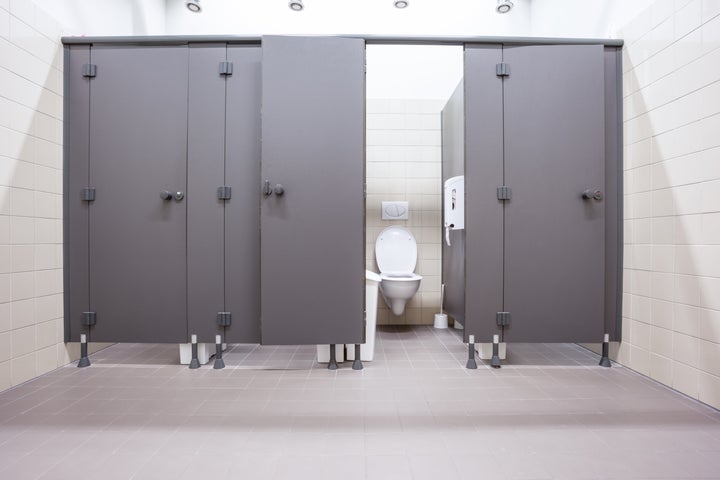A crappy new discovery suggests that people may want to be extra cautious about the coronavirus when flushing the toilet.
In a new research paper published in Physics of Fluids, scientists say the virus ― also referred to as SARS-CoV-2 ― may be able to spread through “toilet plumes” (which definitely seem as gross as they sound).
Simulations conducted by the researchers showed that the flush and “turbulence” in the bowl can propel droplets that can rise more than 3 feet. Those droplets can become aerosolized in the air and linger for a short period of time or land on other surfaces in the bathroom.
Evidence shows SARS-CoV-2 can be found in the feces of some patients. Previous research also showed that the virus can be found in stools for up to a few weeks after a person recovers from COVID-19. But it’s not yet known if “whether the virus found in feces may be capable of causing COVID-19,” according to the Centers for Disease Control and Prevention.
That said, the researchers note in the paper that it’s worth taking some extra precautions in the bathroom during the pandemic ― especially if it’s one that you share with others.
“Fecal-oral transmission is a common transmission route for many viruses, including SARS-CoV-2,” the researchers wrote. “Blocking the path of fecal-oral transmission, which occurs commonly in toilet usage, is of fundamental importance in suppressing the spread of viruses.”
One of the easiest ways to do that? Close the lid. According to the paper’s authors, you should put “the toilet lid down before flushing, which can basically prevent virus transmission.”

But closing the lid is not the only health measure you should take. The paper’s authors also recommended wiping down the toilet seat, “since floating virus particles could have settled on its surface.” (But some experts think that area less of a concern.)
Also, this should go without saying, but you should wash your hands with soap and water after you finish your business. Scrub for at least 20 seconds and address each area of your hands and fingers.
If you don’t have access to soap and water, hand sanitizer is fine to use as a backup (some also recommend using it after leaving the bathroom, even if you’ve washed your hands). Rub it all over your hands and make sure to let it dry completely before touching anything.
While all of this sounds rather terrifying, there’s no need to panic. First and foremost, these findings were based off a simulation, which means there wasn’t any real-world evidence that the coronavirus was spreading through toilet flushing (at least in this specific case).
The CDC also notes that there haven’t been any confirmed reports of SARS-CoV-2 spreading from feces to person. The risk of COVID-19 transmission this way is still considered relatively low for now; you can remain vigilant but not freak out.
“The risk is not zero, but how great a risk it is, we don’t know,” Charles P. Gerba, a microbiologist at the University of Arizona, told The Washington Post. “The big unknown is how much virus is infectious in the toilet when you flush it … and how much virus does it take to cause an infection.”
Researchers are currently conducting more studies on COVID-19 and sewage to better understand how it might play a role in the virus’s spread.
Until then, just keep practicing good hygiene (with maybe an added step in the bathroom if you’re not shutting that lid already). Also continuously disinfect, wear a face mask, keep your distance ― you know the drill.
Experts are still learning about the novel coronavirus. The information in this story is what was known or available as of press time, but it’s possible guidance around COVID-19 could change as scientists discover more about the virus. Please check the Centers for Disease Control and Prevention for the most updated recommendations.
A HuffPost Guide To Coronavirus
Credit: Source link